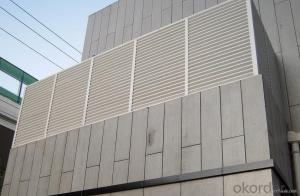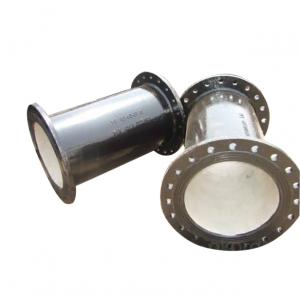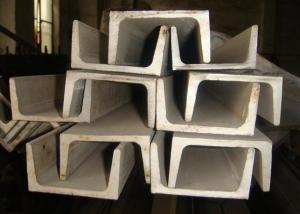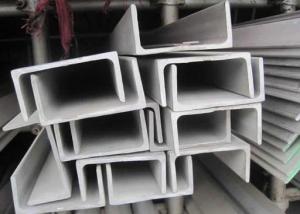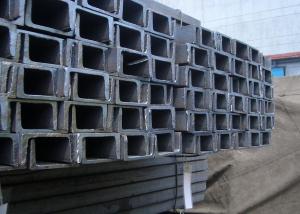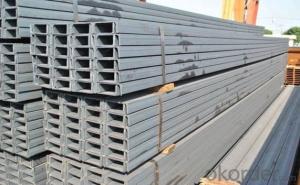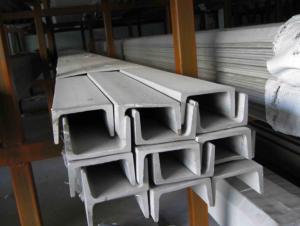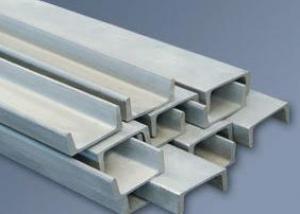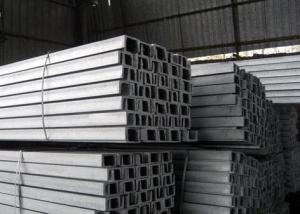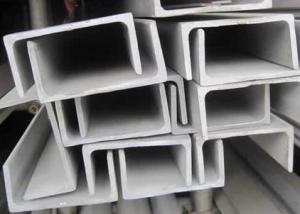Stainless Steel Hot Tub
Stainless Steel Hot Tub Related Searches
Best Paint For Stainless Steel Blanket Insulation For Steel Buildings Primer For Galvanized Steel Foam Filter For Stainless Steel H S Code For Stainless Steel Surface Grinding Wheels For Stainless Steel Surface Grinding Wheels For Hardened Steel Hole Saw For Stainless Steel Paint For Stainless Steel Stainless Steel For BbqHot Searches
Steel Mesh Panels For Sale Stainless Steel Tank For Sale Stainless Steel Sheets For Sale Cheap High Tea Sets For Sale Stainless Steel Tanks For Sale Stainless Steel For Sale High Density Fiberboard For Sale Solar Hot Water Collectors For Sale Scaffolding For Sale In Uae Scaffolding For Sale In Ireland Scaffolding For Sale In Houston Price Of Shipping Containers For Sale Used Solar Inverter For Sale Portable Led Signs For Sale Stone Hot Water Bottles For Sale Aluminum Coil Stock For Sale Large Led Screens For Sale Aluminum Gutter Coil For Sale Used Aluminum Scaffolding For Sale 1/4 Aluminum Plate For SaleStainless Steel Hot Tub Supplier & Manufacturer from China
Okorder.com is a professional Stainless Steel Hot Tub supplier & manufacturer, offers integrated one-stop services including real-time quoting and online cargo tracking. We are funded by CNBM Group, a Fortune 500 enterprise and the largest Stainless Steel Hot Tub firm in China.Hot Products
FAQ
- Water treatment plants can indeed utilize stainless steel channels. They are widely favored in various applications within such plants due to their superb corrosion resistance, durability, and hygiene properties. These channels serve multiple purposes, including directing water flow, providing support for equipment, and facilitating the construction of structures. Moreover, stainless steel is known for its ease of cleaning and maintenance, which is crucial for ensuring the quality and safety of the treated water. Its high strength and chemical resistance also make it a suitable choice for withstanding the demanding conditions typically encountered in water treatment plants. In conclusion, stainless steel channels are a dependable and effective option for use in water treatment plants.
- Stainless steel channels are commonly used in various industries for their durability, strength, and corrosion resistance. There are different grades of stainless steel available, each with its own unique properties and applications. The most commonly used grades of stainless steel for channels are 304 and 316. 304 stainless steel is a versatile and widely used grade that offers good corrosion resistance and excellent formability. It is commonly used in construction, architectural, and industrial applications where strength and aesthetics are important. It is also suitable for food processing and storage equipment due to its resistance to corrosion from most organic and inorganic chemicals. 316 stainless steel is a higher-grade alloy that contains molybdenum, which enhances its corrosion resistance, particularly against chlorides and other chemicals. It is commonly used in marine environments, such as boat fittings and offshore structures, as well as in industries that require resistance to harsh chemicals, such as the pharmaceutical and chemical industries. Other grades of stainless steel that may be used for channels include 304L, 316L, and duplex stainless steels such as 2205. 304L is a low-carbon variant of 304, which provides improved weldability and resistance to sensitization (a type of corrosion that can occur in certain environments). It is commonly used in applications where welding is required, such as in the fabrication of channels. 316L is the low-carbon version of 316, offering similar corrosion resistance and improved weldability. It is commonly used in industries where weldability and corrosion resistance are critical, such as in the production of pharmaceutical and medical equipment. Duplex stainless steels, such as 2205, offer a combination of high strength and corrosion resistance. They are commonly used in applications where both properties are important, such as in the oil and gas industry, chemical processing plants, and marine environments. Overall, the grade of stainless steel used for channels depends on the specific requirements of the application, including the level of corrosion resistance, strength, and weldability needed. Proper selection of the grade ensures the longevity and performance of stainless steel channels in various environments.
- Stainless steel channels are renowned for their exceptional performance in harsh environments. Due to their corrosion-resistant properties, they are highly resistant to rust, oxidation, and staining, making them ideal for applications in extreme conditions. Whether it's exposure to high temperatures, moisture, chemicals, or even saltwater, stainless steel channels can withstand these elements without losing their structural integrity. The chromium content in stainless steel channels forms a protective layer on the surface, known as the passive film, which acts as a shield against corrosive substances. This passive film prevents the steel from reacting with its surroundings, ensuring its durability and longevity in challenging environments. Furthermore, stainless steel channels are resistant to pitting and crevice corrosion, which can occur in environments with high chloride or acidic concentrations. This property makes them particularly suitable for applications in marine environments or industries where chemicals are prevalent. In addition to their corrosion resistance, stainless steel channels also exhibit excellent strength and toughness. They maintain their mechanical properties even in harsh conditions, making them reliable and dependable for various structural applications. Overall, stainless steel channels are a reliable choice for harsh environments. Their corrosion resistance, strength, and durability make them well-suited for applications in industries such as marine, chemical processing, oil and gas, and wastewater treatment, where exposure to extreme conditions is common.
- There are several methods of joining stainless steel channels, each with its own advantages and considerations. Some of the common methods include welding, adhesive bonding, mechanical fastening, and brazing. 1. Welding: This is the most common method of joining stainless steel channels. Different welding techniques like TIG (Tungsten Inert Gas) welding, MIG (Metal Inert Gas) welding, and laser welding can be used. Welding provides high strength and durability, ensuring a long-lasting joint. However, welding requires skilled operators and specialized equipment. 2. Adhesive bonding: Adhesive bonding is a popular method for joining stainless steel channels in applications that require aesthetics or where welding is not feasible. Adhesives provide a clean and seamless appearance, excellent bonding strength, and can distribute stress evenly. However, the surface preparation and choice of adhesive are crucial for a successful bond. 3. Mechanical fastening: Mechanical fastening involves using fasteners like screws, bolts, or rivets to join stainless steel channels. This method is generally easier and quicker than welding or adhesive bonding. It allows for disassembly and reassembly if required, and is suitable for applications where frequent maintenance or adjustments are necessary. However, mechanical fastening may not provide the same level of strength as welding or adhesive bonding. 4. Brazing: Brazing is a process that uses a filler metal with a lower melting point than stainless steel to join channels. This method is suitable for joining dissimilar metals or when precise temperature control is needed. Brazing can provide a strong and leak-proof joint, but it requires specialized equipment and skilled operators. The choice of joining method for stainless steel channels depends on various factors such as the application, required strength, appearance, and budget. It is important to consider the specific requirements and consult with experts before selecting the most suitable method.
- Yes, stainless steel channels can definitely be used for retail or commercial displays. Stainless steel is a durable and versatile material that is known for its resistance to corrosion, making it suitable for various environments, including retail and commercial spaces. Stainless steel channels can be used to create sleek and modern displays that are both functional and visually appealing. They can be designed to hold shelves, racks, or other display elements, providing a sturdy and reliable solution for showcasing products or merchandise. Additionally, stainless steel channels offer a clean and polished look that can enhance the overall aesthetics of the retail or commercial space, making it an ideal choice for displays in these settings.
- Stainless steel channels possess exceptional resistance against graffiti and vandalism. Renowned for its durability and strength, stainless steel proves to be an enduring and sturdy material. Moreover, its non-porous nature poses a challenge for graffiti to cling onto its surface. Additionally, the smooth finish of stainless steel enables effortless cleaning and eradication of any graffiti that may occur. This quality reduces the likelihood of graffiti artists targeting stainless steel channels. Furthermore, stainless steel's resistance to scratches and dents makes it less susceptible to acts of vandalism. In summary, stainless steel channels are an optimal choice for areas prone to graffiti or vandalism, providing long-lasting protection and relatively easy maintenance.
- Stainless steel channels are highly sought after in a variety of industries and applications due to their distinct properties. To begin with, stainless steel channels are renowned for their exceptional resistance to corrosion. This is attributed to the presence of chromium in the steel composition, which creates a thin protective oxide layer on the surface. This layer acts as a barrier, safeguarding the steel from rust or staining. As a result, stainless steel channels are ideal for environments exposed to moisture, chemicals, or harsh weather conditions. Another notable property of stainless steel channels is their remarkable strength and durability. Stainless steel is an incredibly robust material, enabling the channels to withstand heavy loads and impacts without deforming or breaking. This renders them suitable for applications that necessitate structural support or where the channels will endure significant stress. Moreover, stainless steel channels exhibit excellent heat and fire resistance. They possess a high melting point and are capable of enduring high temperatures without compromising their structural integrity. This characteristic makes stainless steel channels suitable for industries such as construction, automotive, and aerospace, where exposure to extreme heat or fire hazards is probable. Additionally, stainless steel channels offer exceptional aesthetic appeal. They possess a sleek, glossy surface and are available in various finishes, such as brushed, polished, or matte. Consequently, they are visually appealing and appropriate for architectural applications, including decorative trims, handrails, or frames. Furthermore, stainless steel channels excel in terms of hygiene. They are non-porous and easy to clean, making them well-suited for applications in the food and beverage industry, pharmaceuticals, or healthcare facilities. Stainless steel is also resistant to bacterial growth, making it a hygienic option for environments where cleanliness is of utmost importance. In conclusion, stainless steel channels provide a range of desirable properties, including high corrosion resistance, strength and durability, heat and fire resistance, aesthetic appeal, and hygiene. These properties establish stainless steel channels as a versatile and reliable choice for various industries and applications.
- The main difference between a C channel and a U channel in stainless steel is their shape. A C channel has a C-shaped cross-section, with two shorter sides and a longer middle section, forming a C shape. On the other hand, a U channel has a U-shaped cross-section, with two longer sides and a shorter middle section, forming a U shape. This difference in shape determines their applications and structural properties, as C channels are generally used for structural support and framing, while U channels are often utilized for edging, trim, or sealing purposes.
